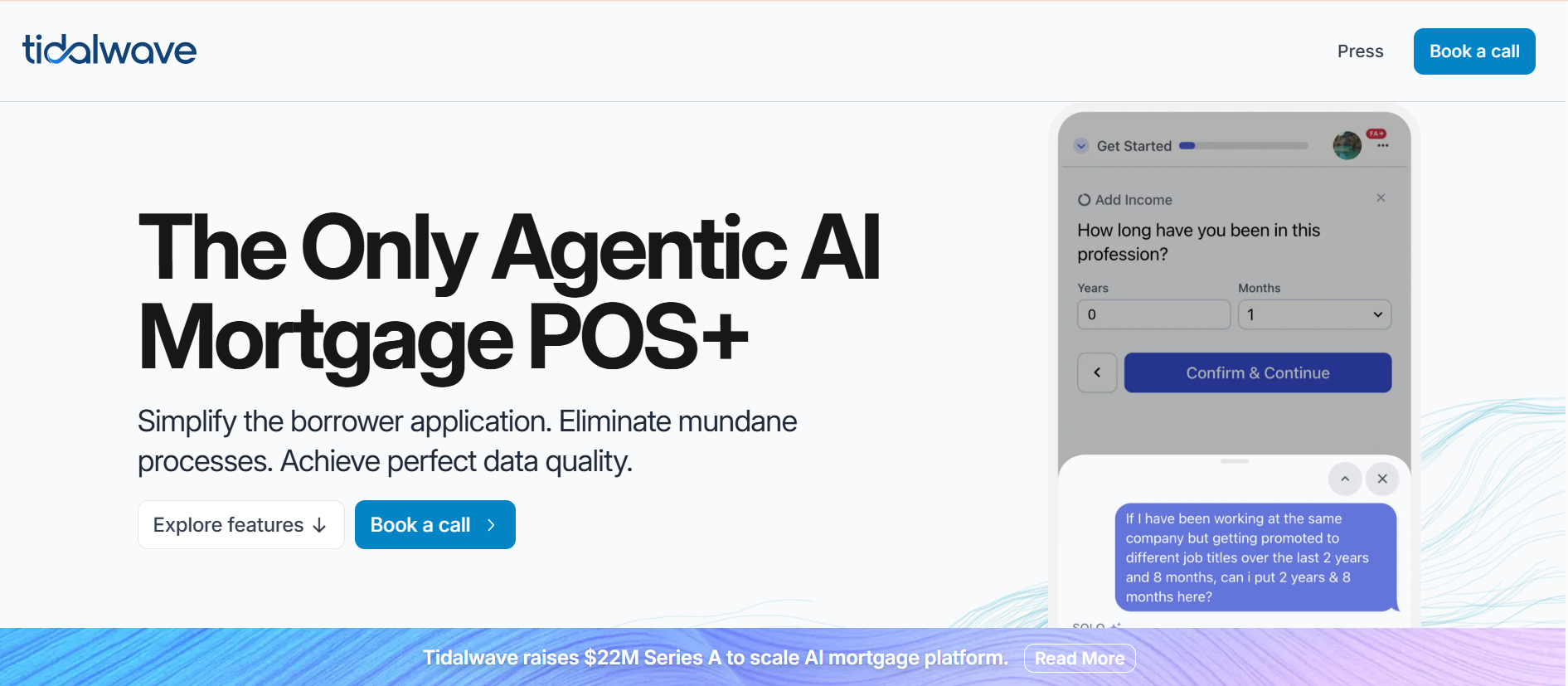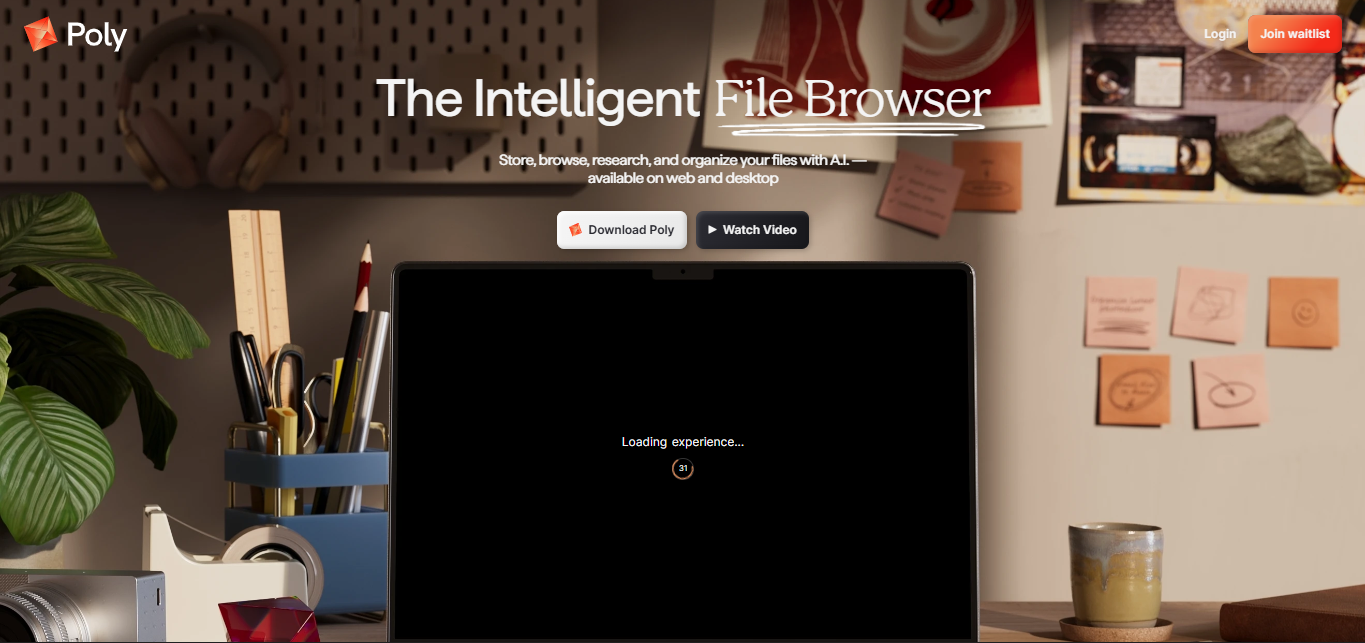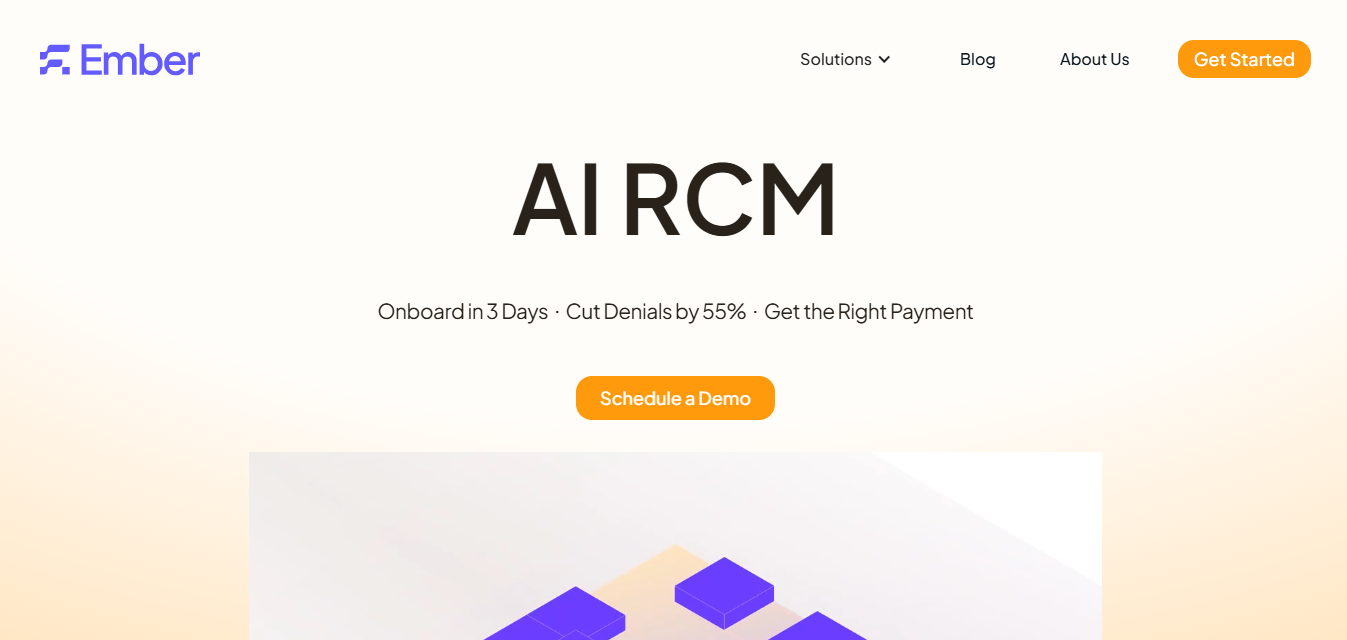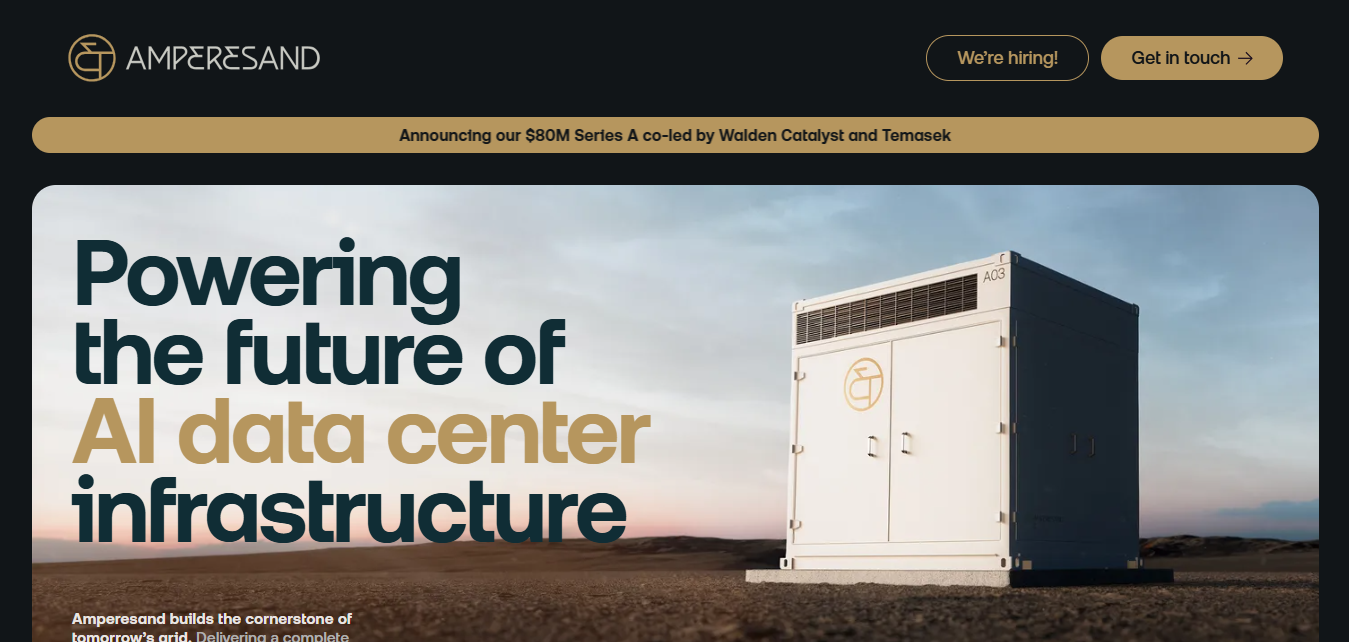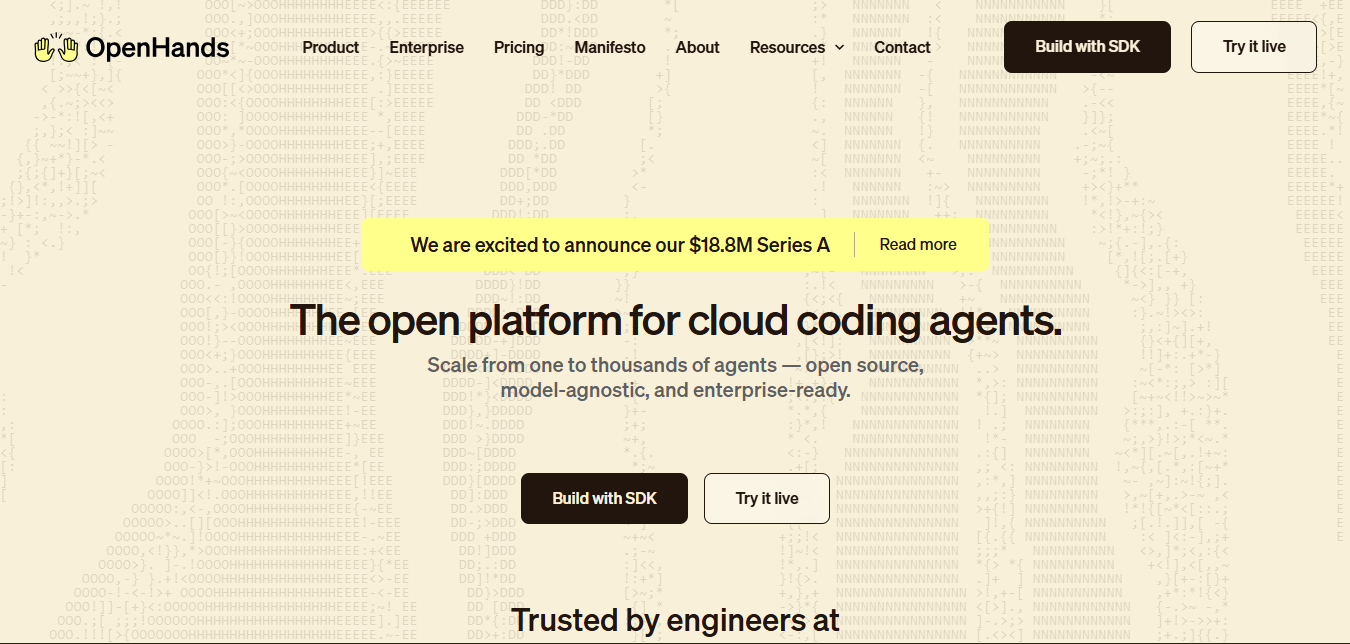Echo Raises $15M Seed to Eliminate Application Vulnerabilities with CVE‑Free Container Infrastructure
August 11, 2025
byFenoms Start-Up Research
Echo, a cybersecurity startup founded by Eilon Elhadad and Eylam Milner, announced a $15 million seed round led by Notable Capital and Hyperwise Ventures, with support from SVCI. Echo’s mission is radical: build container base images that are vulnerability‑free by design, securing cloud-native infrastructure at the source.
The platform replaces conventional patch‑chase workflows by creating AI‑driven, minimal base images that automatically strip unnecessary packages, are rebuilt from scratch, and continuously patched as new CVEs emerge. This hyper-secure foundation is tailor-made for enterprise environments demanding FedRAMP compliance, FIPS certification, and consistent clean scans across clusters and registries.
With leading enterprise users already integrating Echo into their CI pipelines, this funding will scale engineering, accelerate AI agent development, and expand Echo's global reach.
Rewriting Vulnerability Management from the Ground Up
Nearly all container security platforms operate reactively: scan, detect, prioritize, remediate. Echo flips the model entirely. By rebuilding each container image from scratch based on functional dependencies, Echo guarantees zero CVEs pre-deployment and continuously mitigates new threats - all without forcing developers to change their Dockerfile workflows.
Echo’s Strategic Edge
Rather than incremental optimization, Echo embraced root‑cause elimination: removing vulnerabilities entirely, not just tracking them. Their greatest strategic insight - worth emulating - is this: True defensibility comes from rewriting fundamental assumptions, not improving dashboards. Echo didn’t optimize vulnerability workflows - they made them obsolete.
Founders should note: the most enduring products don’t just reduce trouble - they eliminate the context for it. When your platform becomes the assumed starting point - the base image everyone references - you don’t just win adoption. You redefine operational norms. That shift from “feature vendor” to “infrastructure baseline” is the ultimate retention strategy.
Enterprise Traction and Operational Simplicity
Echo’s first clients include major SaaS providers and cloud-native teams seeking compliance readiness without developer friction. One CISO reported, “Pulling an echo image instantly eliminates all CVEs - without changing our build pipeline.” Another noted that vulnerability remediation workload dropped by 90% within weeks of deployment.
Reflecting their focus on audit-ready infrastructure, Echo offers seamless compliance workflows - including accelerated FedRAMP readiness and low-prep cloud security posture alignment. Security teams can deploy clean images in minutes rather than triage alerts over days.
Founders with Deep Domain Expertise
Elhadad and Milner previously co-founded Argon Security (acquired by Aqua Security), where they built container-supply‑chain tooling previously adopted by Microsoft, Aqua, and others. At Echo, they apply that depth to a new vision: eliminating surface-level risk by securing the foundation of every container image. Their technical leadership understands both real enterprise pain and the demands of continuous compliance.
Scaling with Purpose and Precision
With the seed funding, Echo plans to:
- Expand its AI agent factory to rebuild and secure images at scale
- Integrate across OCI registries, Kubernetes workflows, and CI/CD tools
- Launch capabilities for continuous synthetic image testing and auto-updates
- Strengthen enterprise support - especially for compliance-driven sectors
The company is hiring engineers and product experts across Tel Aviv and the U.S. to support fast-growing demand.
Why Echo's Approach Is a Category Defining Moment
Echo isn’t just another tool - it’s replacing a class of tools. In a market where vulnerability remediation costs billions annually, Echo reduces those costs by redesigning the unit of deployment itself. As threats evolve, Echo’s design keeps up automatically - scanning compatibility with existing developer tooling and demand patterns, while delivering clean baseline images.
Their long-term vision: become the security foundation for cloud-native application delivery - similar to how platforms like RedHat act as a standard baseline in infrastructure stacks. The value lies not in alerts or dashboards, but in disappearing the problem entirely.

